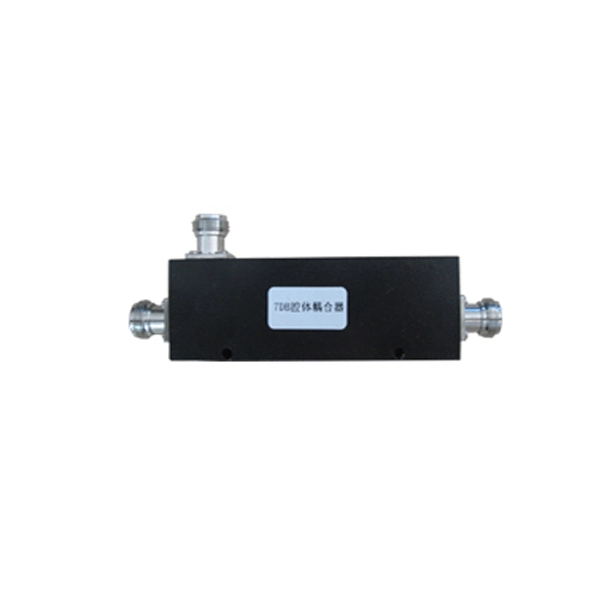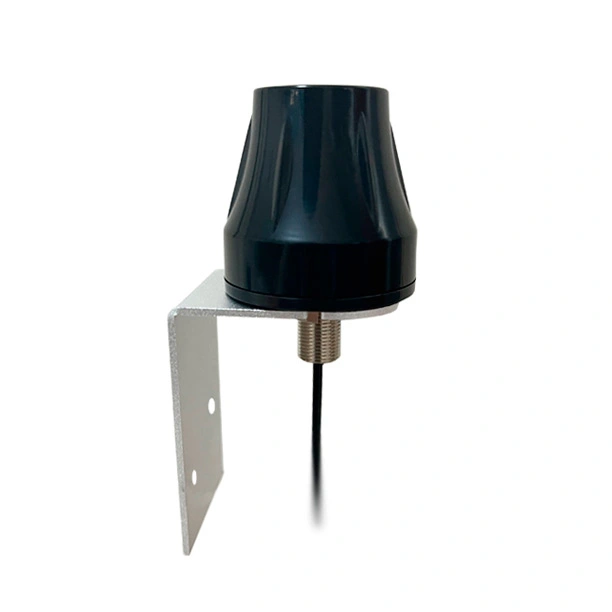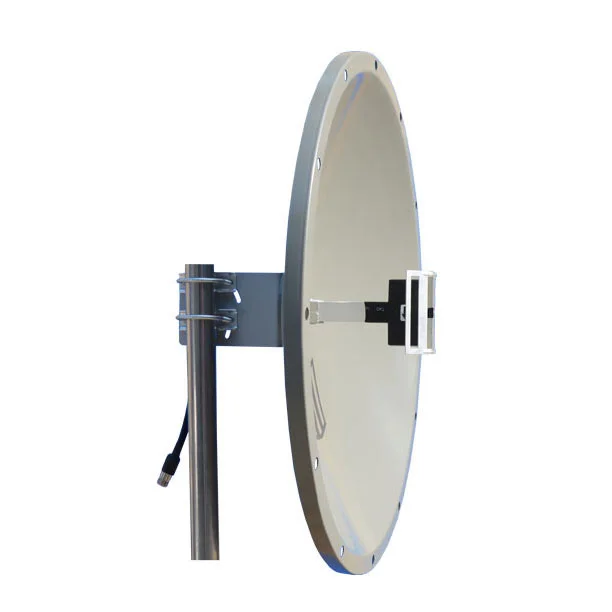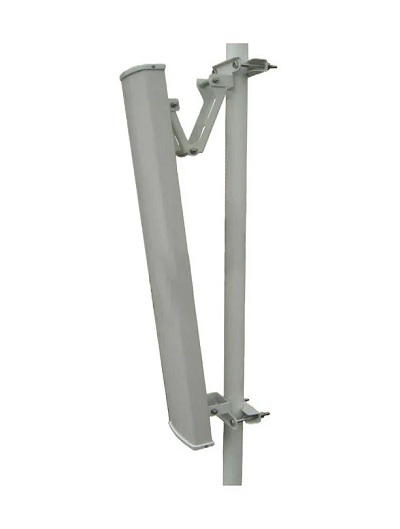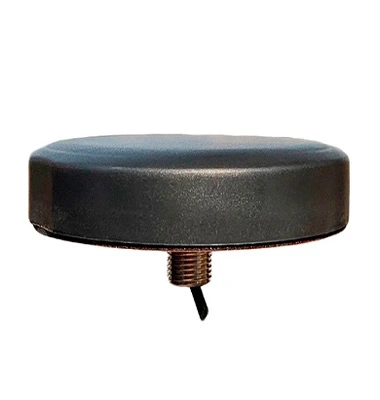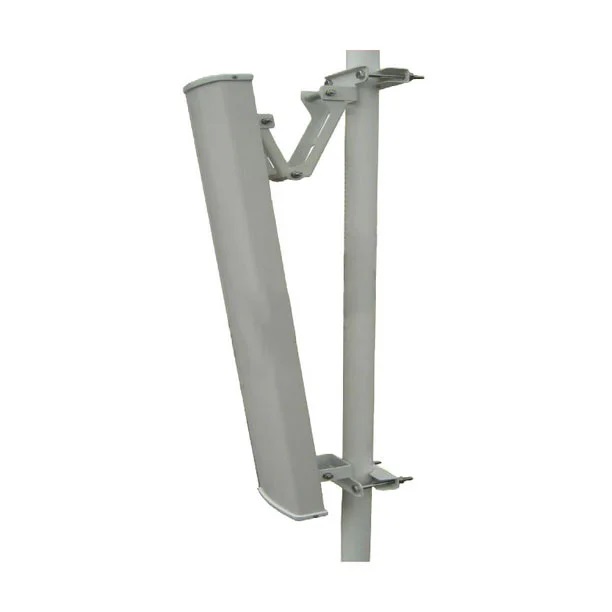First, the importance of RFID antennas to RFID systems
In the process of wireless communication, antennas are indispensable components. RFID uses radio waves to transmit information, and the generation and reception of radio waves need to be completed through antennas. When the electronic tag enters the operating area of the reader antenna, the electronic tag antenna generates enough induced current, so that the energy is activated. For RFID systems, the antenna is a crucial part, which is closely related to the performance of the system.
For example, in a warehouse management project, the cost of RFID antennas accounts for less than 1% of the total cost. However, if in order to blindly reduce costs or other reasons lead to selection errors, the selection of RFID antennas with poor performance will be prone to problems such as reading instability, missing reading, serial reading, and reading failure in the process of layout RFID antennas. In this case, not only will the cost not be reduced, but will increase several times. Therefore, when deploying RFID systems, RFID antennas need to be paid attention to.
Second, the three main processes of RFID antenna manufacturing
In order to adapt to the different requirements of RFID performance parameters in different application scenarios, various types of RFID antenna production processes have emerged. At present, the most commonly used RFID antenna production processes mainly include coil winding method, etching method and printing method.
Coil winding method
When using the coil winding method to make RFID tag antennas, the label coil should be wound and fixed on a winding tool, requiring a large number of turns of the antenna coil, and the coil can be either a circular ring or a rectangular ring. This method is generally used for RFID tags with frequencies ranging from 125 to 134KHz. The disadvantages of making antennas in this processing method are obvious, which can be summarized as high cost, low production efficiency, and insufficient consistency of processed products.
Etching method
The etching method commonly uses copper or aluminum to make RFID antennas, which is similar to the etching process of flexible printed circuit boards in the production process. The etching method can be applied to the mass manufacture of 13.56MHz, UHF bandwidth electronic tags, which have the advantages of fine lines, low resistivity, good weather resistance, and stable signal. However, the disadvantages of this method are also obvious, such as cumbersome production procedures and low production capacity
Printing method
A printed antenna is a circuit in which conductive circuits are printed directly with conductive ink on an insulating substrate to form an antenna. The main printing methods have expanded from screen printing only to offset printing, flexographic printing, gravure printing and other production methods. The printing method is suitable for the mass production of 13.56MHz and RFID ultra-high frequency band electronic tags. It is characterized by fast production speed, but due to the large resistance of the circuit formed by conductive ink, its application range is limited. Due to the advancement of printed antenna technology, the cost of RFID tag antennas has been effectively reduced, which has promoted the popularization of RFID applications.

 English
English